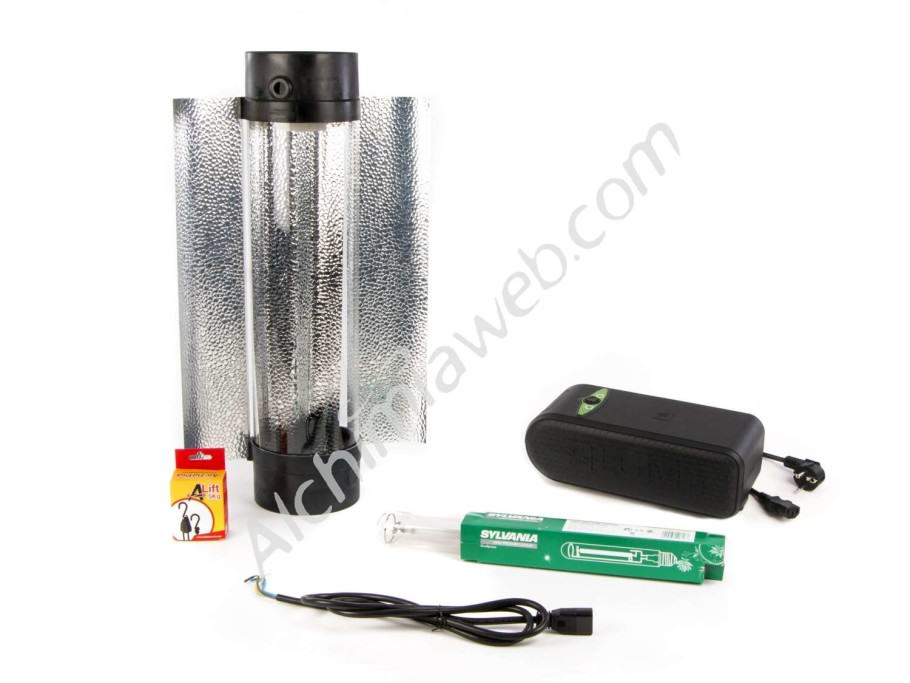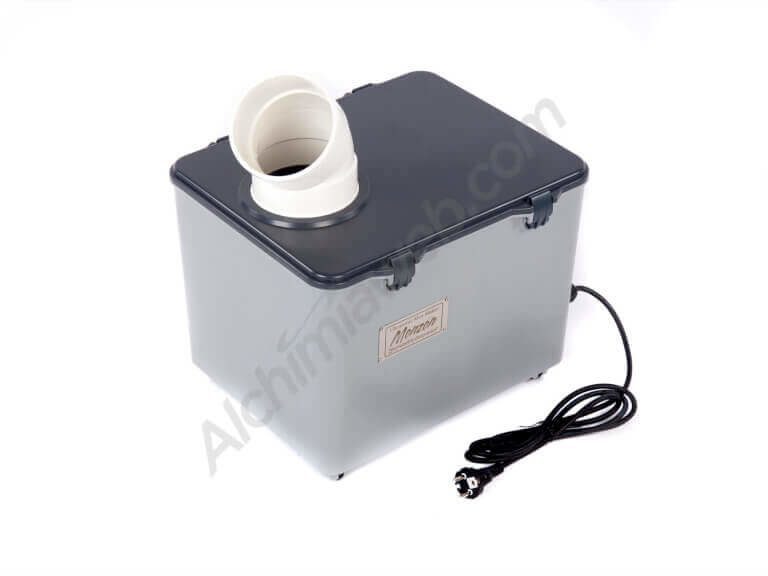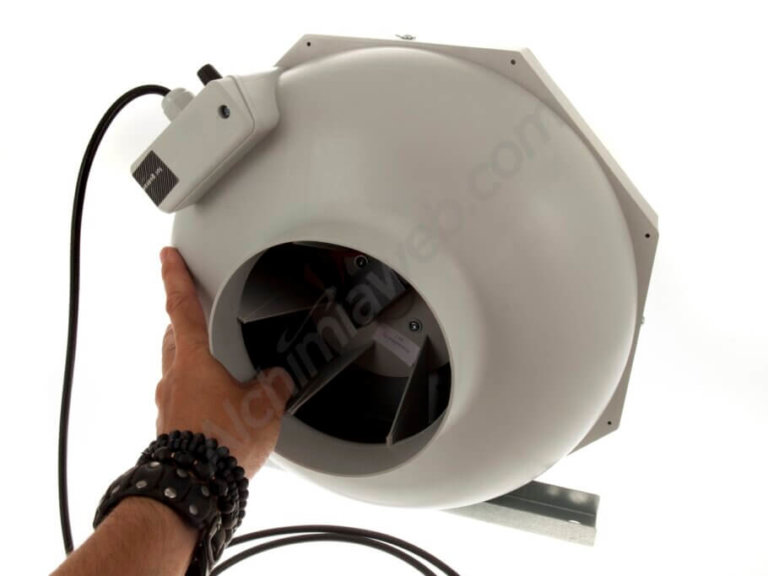Indoor cultivation during summer
Summer is already here and we're sure that many of you already have a beautiful outdoor garden with plants in full growth. Perhaps you started growing from seeds, or maybe you keep mother plants and moved some clones outside in the last few weeks. However you start, outdoor cannabis cultivation in summer is usually relatively simple, as the weather is good and the plants develop splendidly as long as they have the correct nutrients and irrigation they need.
However, and those of you who keep mother plants indoors while you move clones outside you will know this well, growing indoors in summer can be a real nightmare! This is mainly due to the elevated temperatures that indoor grow rooms and tents can reach, which can not only get so high as to be incompatible with proper plant growth but can also increase pest pressure and other problems. Today we'd like to tell you a few tricks that will allow your indoor mother plants to spend the summer in comfort and be ready to provide all the clones you need once the indoor growing season begins.
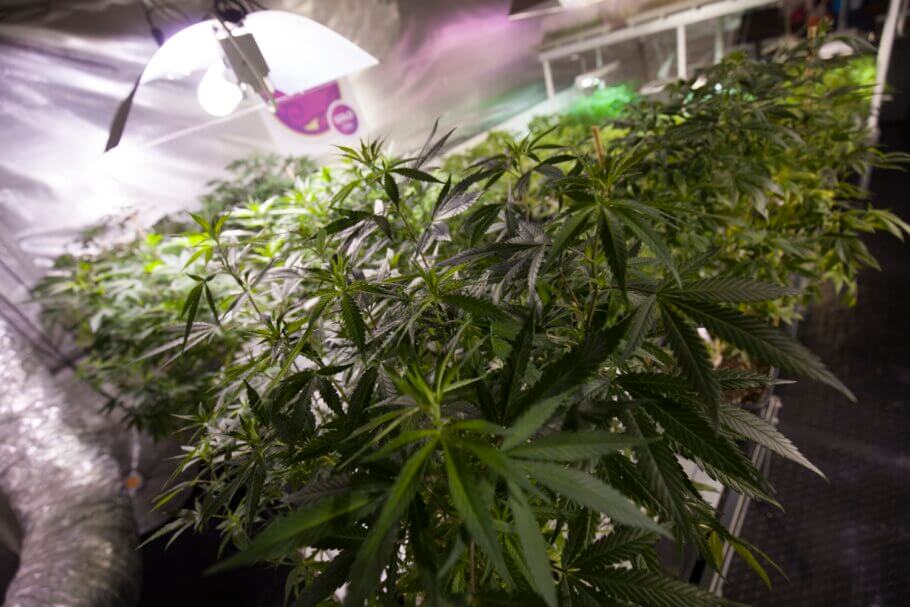
Avoid heat stress in cannabis plants
We'll start from a situation where we need to keep a few mother plants growing indoors during the summer and, of course, without using an air conditioning unit, which would make it really easy for us to maintain them correctly at constant temperatures of 24ºC! So, we find ourselves in the same situation as many growers, using a small basic room or grow tent without air conditioning, where we must keep our mother plants in the best possible conditions to be able to start the first indoor crop of the season once the cooler weather of late summer allows us to.
We'll go over the various cultivation parameters to see what we can do to improve the state of the plants in each case and allow them to spend the summer in much less stressful conditions than if we carried on cultivating in exactly the same way that we would, for example, in winter. It's worth remembering that we probably won't achieve the same growth rate as in spring or autumn, but we will have healthy plants at the end of summer. After all, it's much better to be able to get 10 good clones from a healthy plant than 15 from one in poor condition!
Light and heat in indoor cultivation
As we know, aside from the ambient temperature, the main source of heat that indoor plants receive comes from the lighting system. If we grow with LED panels this probably won't be an issue, but in the case of using discharge lamps such as metal halide (HM), sodium vapor (HPS) or ceramic halide (CMH), the heat emitted by these can become a real headache. If we have an electronic ballast that allows us to regulate the power of the lamp, it's a good idea to set it to 50-60% of its capacity.
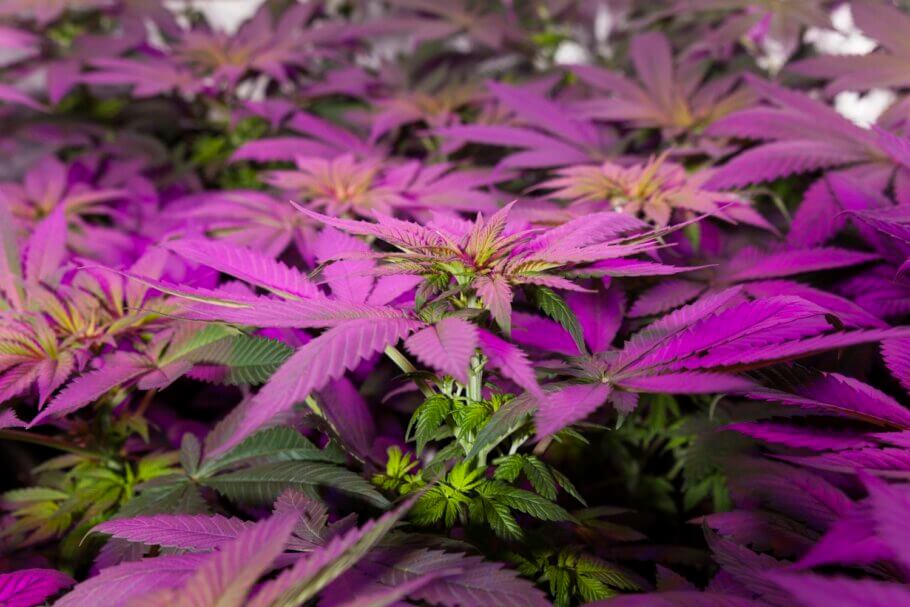
Of course, if our budget allows it, we can use LEDs in summer and discharge lamps during the rest of the year. We can opt for professional panels such as the Lumatek Zeus or the Osram Fluence SPYDR, or if we have a tighter budget use the Solux LED bulbs for growth or the TLED bars from Secret Jardin. The latter are particularly useful, as they always spread the light very well and can be used as supplementary lighting on the sides of the grow space, or for seedlings and clones.
In short, the trick is either to replace our discharge lamps with LED panels or to lower their power output using an electronic ballast. In this second case, LEDs can often also be used as supplementary lighting if you don't want to reduce the rate of growth and ensure that the plants receive more light. Finally, and in relation to lighting, we can lose a couple of hours of daily light without a problem, by using a 16/8 photoperiod; the plants will continue in vegetative growth and won't go into flower, and we'll have two hours less with the lights on every day. It ought to go without saying, but we should always try to have the lights switched on at night and during the cooler hours of the morning or afternoon, always avoiding the hottest time of day outside (midday). These are only small details but, as you'll see at the end of the post, everything adds up eventually!
Ventilation in the grow space
Ventilation plays an important role indoors, both evacuating the hot air from the grow to the outside and bringing fresh air inside. In addition, during summer, air-cooled Cooltube reflectors can be used for the lamps, which are connected to the extraction system and help to lower the temperature within the room or tent by a few degrees. The extraction can be left constantly connected and at full power, if a potentiometer or a climate control unit is available, especially during the hottest time inside the grow space.
Regarding the fresh air intake, we must try to take air from the coolest place possible, which might not be from outside the building but from another room. Indeed, and depending on the location of the grow space and how the air intake system is set up, it may be more recommendable to take air from inside a home than from outside. Keep in mind that a flow of hot air entering the grow space is the last thing we want!

When positioning the fans that move air around inside the growing space, it's important to place them so that the air does not blow directly onto the plants, which would cause excess transpiration. It is far better to focus them on the lamp and towards the air extraction intake, ensuring that the pocket of hot air that forms in the upper part of the room or tent is expelled by the extractor in a more efficient way.
Vapour Pressure Deficit - humidity and heat in the grow room
As you can see in much more depth in our article on temperature and humidity in cannabis cultivation, vapour pressure deficit or VPD is a key factor for the plants' development, which also takes on special importance during the hottest months of the year. Broadly speaking, what we need is to adjust the temperature and humidity to achieve the best possible development, which we can do by following the chart in the linked article at the end of this section.
To give you a general idea, what we must do when grow temperatures skyrocket (as well as trying to lower them in other ways), is to balance humidity levels according to the temperature. In most cases, during the summer we will have to increase the humidity inside the growing space so that the plants can cope with the high temperatures much better than if they were in a low-humidity environment.
However, since the high temperatures mean that we are unable to stop the extractor to raise the humidity, the best way to achieve this is by means of a humidifier, which we can connect to the same timer as the lamp so that it starts up whenever we the lights come on. Depending on the size of the room or grow tent, a humidifier with a larger water tank will be needed (to allow it to run for at least 16-18 hours at a time).
Vapour pressure deficit (VPD) in cannabis cultivation
Temperature and relative humidity play an important role in indoor marijuana cultivation since much of the plant's activity depends on these factors. Incorrect values of these two parameters will result in an invalid VPD (vapour pressure deficit), which will in turn result in poor plant development. In this article we explain how to properly adjust these values so our plants can enjoy a good climate for an amazing development.
Irrigating cannabis in high temperatures
Logically, the higher the ambient temperature, the more irrigation our plants will need, since both their water consumption and its evaporation will be greater. It is therefore normal that we must water more frequently to prevent our plants from wilting. To give an example; the same mother plants grown in the same sized container can require more than twice as much water on a hot summer's day as they would on a winter one. As we can see, factors such as environmental temperature and humidity have a direct effect on the amount of water our plants consume.
If we have adjusted the VPD correctly, we will probably have fairly high humidity levels, so our plants won't need as much water as if we weren't using humidifiers to reach the VPD range we're aiming for. If we don't have the correct VPD, our plant will need watering more frequently, as the humidity will be lower and the plants will have less water in the environment.
Another important factor in summer is the water temperature. We must avoid at all costs watering with water that's too warm! The ideal temperature of the irrigation water is always around 20ºC; with higher temperatures, the water loses oxygen rapidly, which can have a serious impact on the development of plants. At lower temperatures, certain nutrients cannot be assimilated, although we're fairly sure that this won't be a problem in summer!
Preventing pests in summer
Summer is usually the worst time of the year for the appearance of insect pest problems. Depending on your area, not all of them may appear, although we recommend that you don't lower your guard and continue taking preventive measures against pests such as spider mites, thrips or whiteflies. On the one hand, reducing the heat and increasing the humidity within the grow space will help us greatly, although using preventives such as potassium soap or neem oil on a regular basis is just as important.
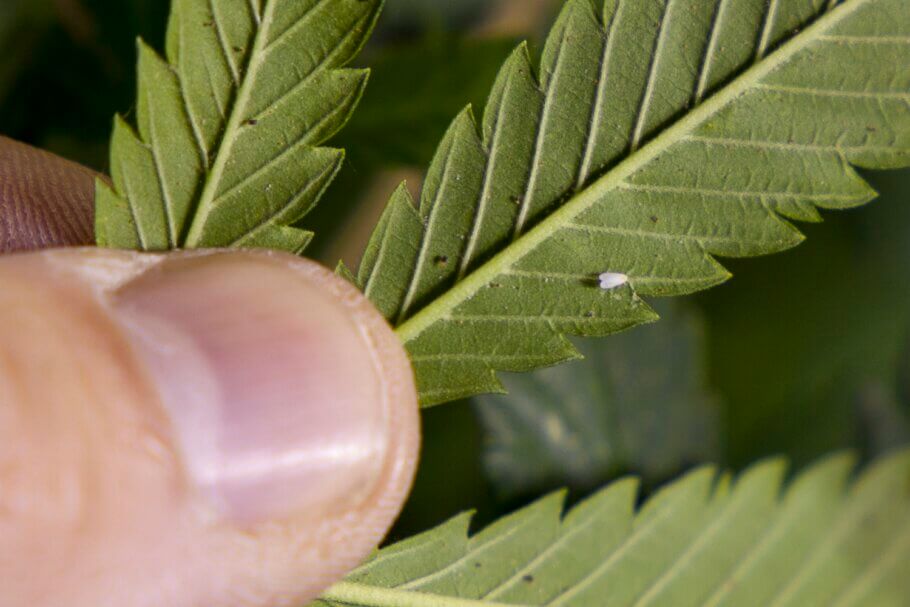
Feeding cannabis plants in summer
Once again, we have two possible scenarios: if we've regulated the temperature and humidity to achieve an acceptable VPD range, our plants can continue to receive the same amount of nutrients that they would normally receive in, for example, spring or autumn. We shouldn't have any problems with salt buildup in the substrate since the irrigations will be relatively infrequent and the plants will have time to absorb most of the nutrients.
On the other hand, if we don't have the VPD dialed in, our plants will require more irrigation, meaning that we should reduce the dose of nutrients provided in each watering. In this case, we'll feed the plants using approximately 60% of the fertiliser dose used in spring, keeping a close eye on the plants to check for any nutrient deficiencies. If this is the case, we can slightly increase the amount of fertiliser added to the nutrient solution.
Products to reduce heat stress in plants
Finally, we'd like to recommend some of the products currently on the market that can help to protect your plants from high temperatures. As you can see, in many cases these additives are rich in silicon, a crucial element in the development of plant cell structure. These are some of the most commonly used today:
- Vitalink Chill
- Elycitor from Biotechnology
- X-Force from BioGreen
- Pro-Silicate by Grotek
- Silica Blast by Botanicare
- Petahyah by Hype Comany
- Barrier by Top Crop
We hope that these simple tricks will mean that your indoor plants can spend a comfortable and stress-free summer without suffering too much from the high temperatures. Please don't hesitate to share any tips of your own, as well as any questions or doubts that may arise... we'll be happy to answer you, as always!
Happy growing!

































































